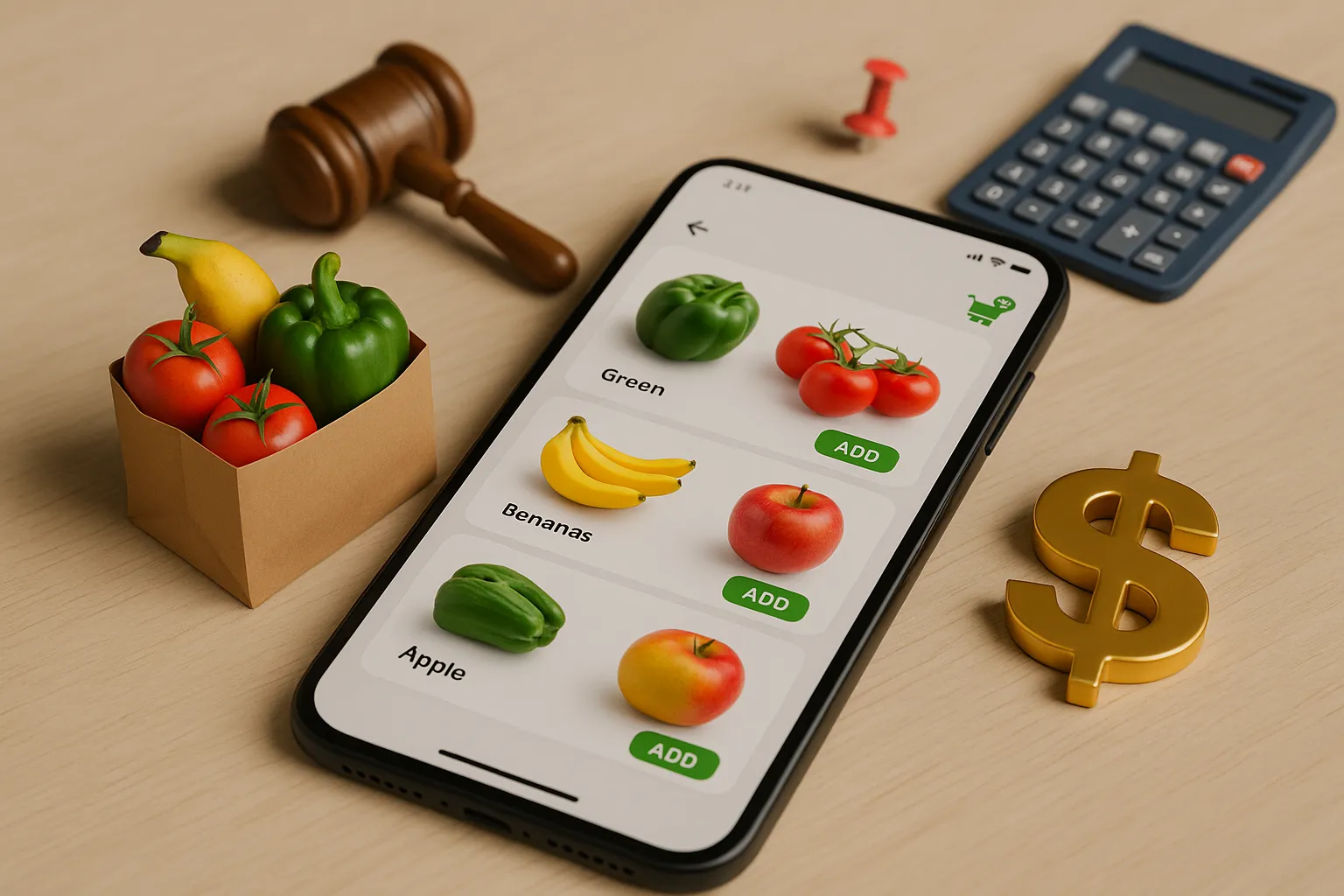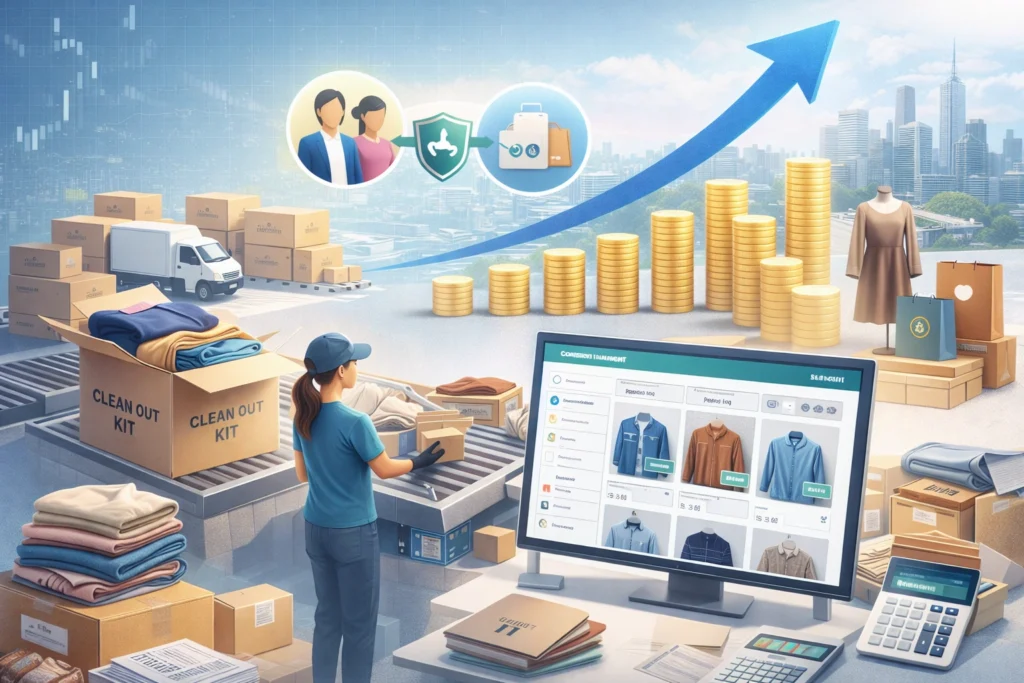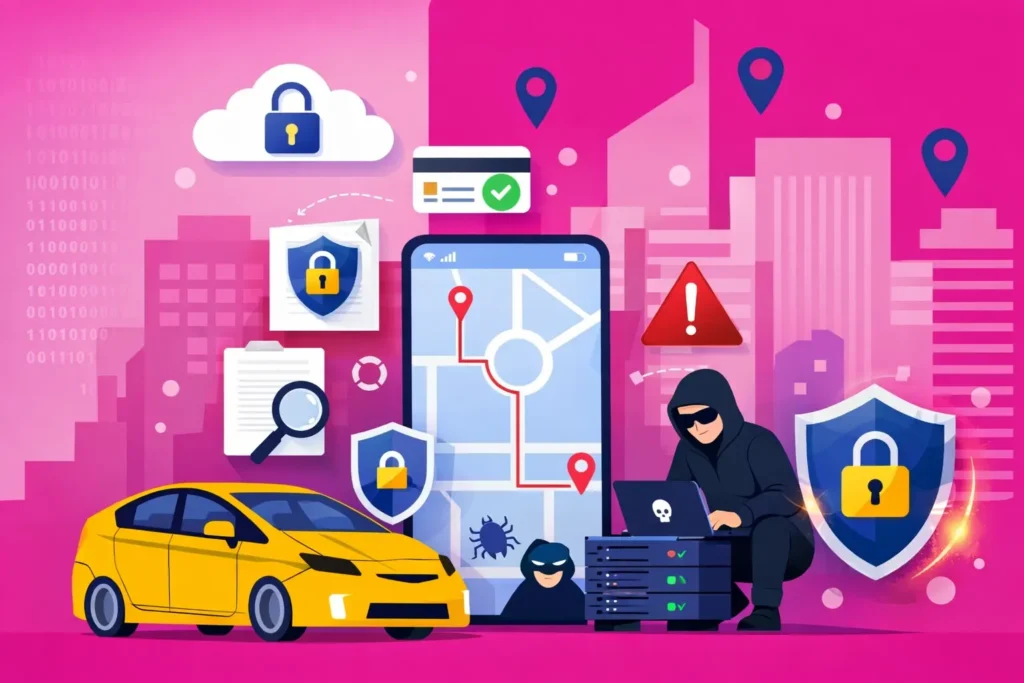Ever found yourself scrolling through a grocery delivery app, marveling at its sleek design and seamless functionality, and thought, “I could create something like this”? You’re not alone. In today’s digital age, entrepreneurs and startups are increasingly drawn to the idea of launching their own grocery delivery platform. The allure is undeniable—offering convenience to customers while tapping into a booming market.
But as you delve deeper into the development process, you quickly realize that not all features are created equal. Some are straightforward and cost-effective, while others can significantly inflate your budget. It’s a classic case of “the devil is in the details.” Understanding how each feature impacts development costs is crucial to making informed decisions and avoiding unexpected expenses down the line.
At Miracuves, we specialize in helping innovators like you navigate these complexities. Our expertise in app clone development ensures that you get a high-performance, scalable, and monetization-ready solution tailored to your needs. Let’s explore how specific features influence the development costs of your grocery delivery app.
Read more: What is an AmazonFresh App and How Does It Work?
The Core Features That Shape Your App’s Budget
1. User Registration & Profile Management
Cost Estimate: $1,000–$3,000
A smooth onboarding experience is essential. Implementing social media logins, email verification, and user profile customization adds layers of complexity. While these features enhance user engagement, they also require additional development time and resources.
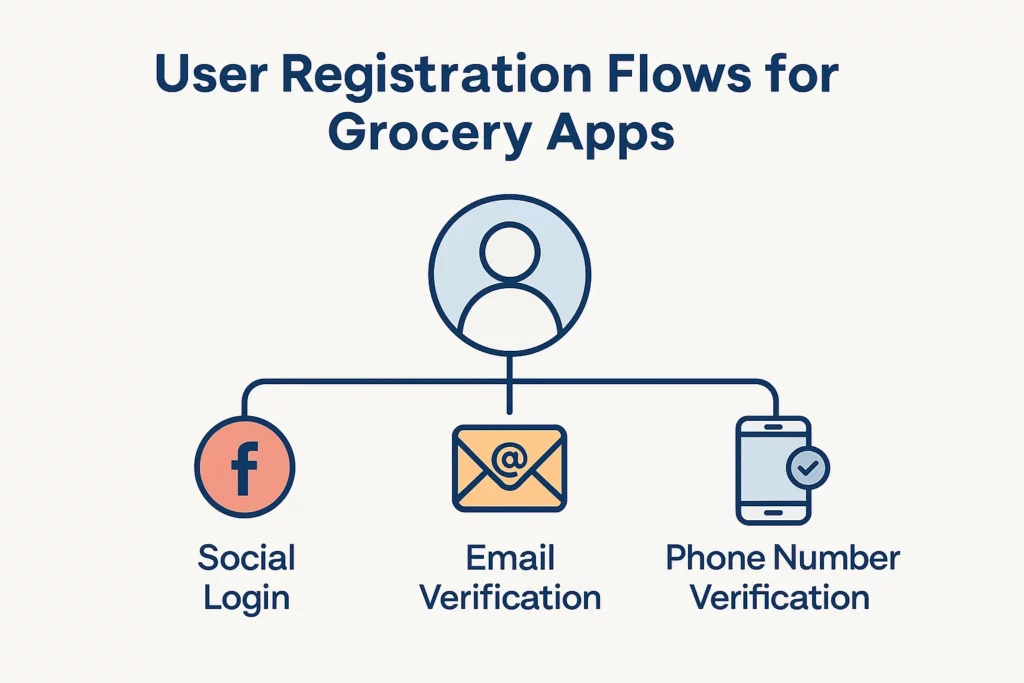
2. Product Listings & Search Functionality
Cost Estimate: $2,000–$5,000
An intuitive product catalog with advanced search capabilities is vital. Incorporating filters, categories, and real-time inventory updates ensures users find what they need quickly. However, integrating these features demands meticulous backend work and database management.
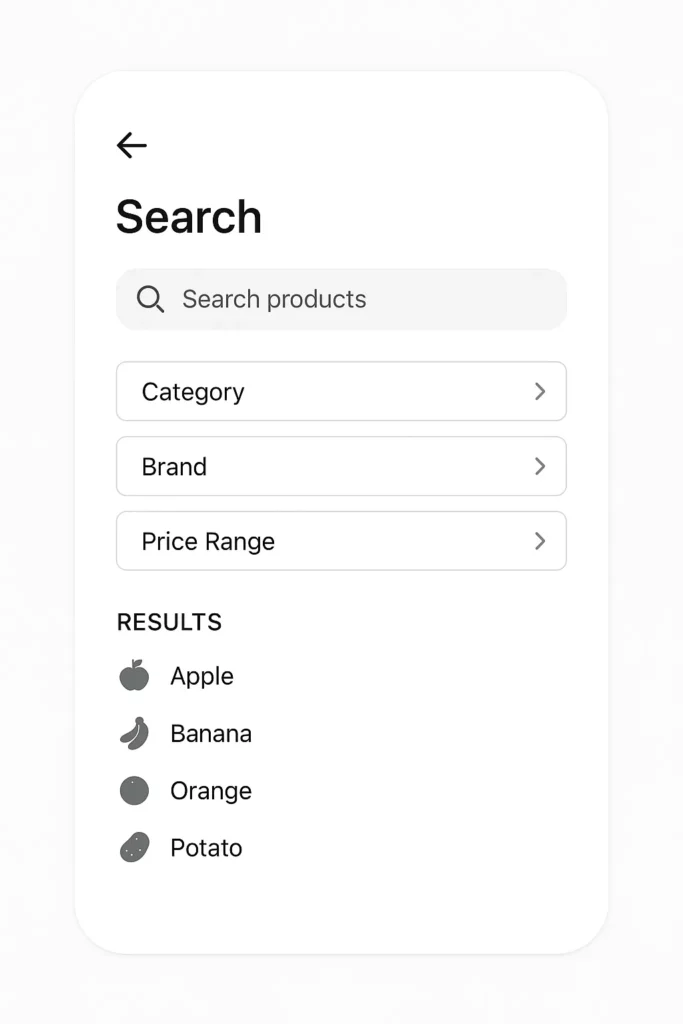
3. Shopping Cart & Checkout Process
Cost Estimate: $2,000–$4,000
A seamless shopping cart and checkout experience can make or break user retention. Features like promo code application, multiple payment options, and order summaries enhance usability but require careful integration and testing.
4. Payment Gateway Integration
Cost Estimate: $3,000–$5,000
Secure and diverse payment options are non-negotiable. Integrating multiple payment gateways, ensuring compliance with security standards, and facilitating smooth transactions add to development complexity and cost.
5. Real-Time Order Tracking
Cost Estimate: $2,500–$5,000
Providing users with real-time updates on their orders enhances transparency and trust. Implementing GPS tracking, estimated delivery times, and notifications involves sophisticated backend systems and third-party integrations.
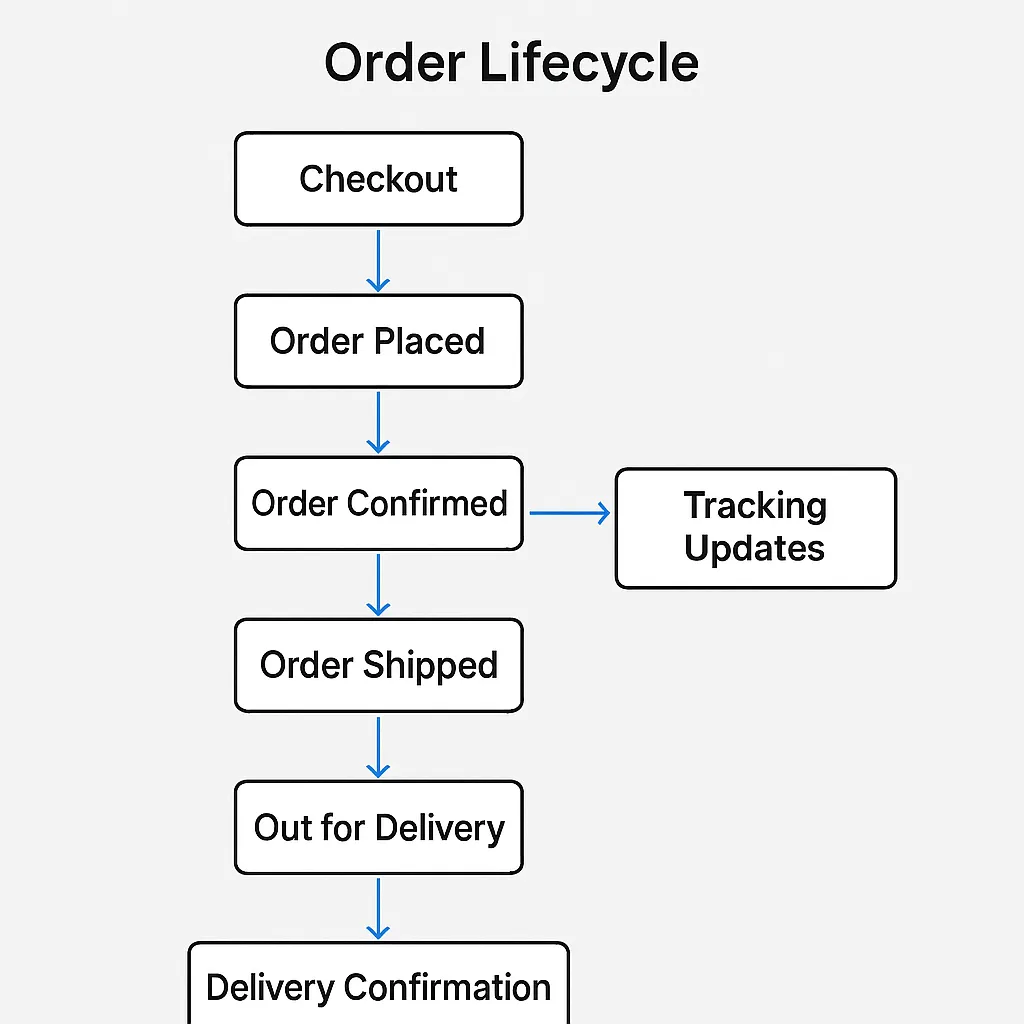
6. Push Notifications
Cost Estimate: $1,000–$2,500
Keeping users informed about order statuses, promotions, and updates through push notifications boosts engagement. However, setting up a reliable notification system that works across devices and platforms requires additional development efforts.
7. Customer Support & Chat Integration
Cost Estimate: $1,500–$3,000
Offering in-app customer support, whether through chatbots or live agents, improves user satisfaction. Integrating these features necessitates additional APIs and backend support systems.
8. Admin Panel & Analytics Dashboard
Cost Estimate: $4,000–$8,000
A robust admin panel allows for efficient management of orders, inventory, and user data. Incorporating analytics dashboards provides insights into user behavior and sales trends, aiding in strategic decision-making.
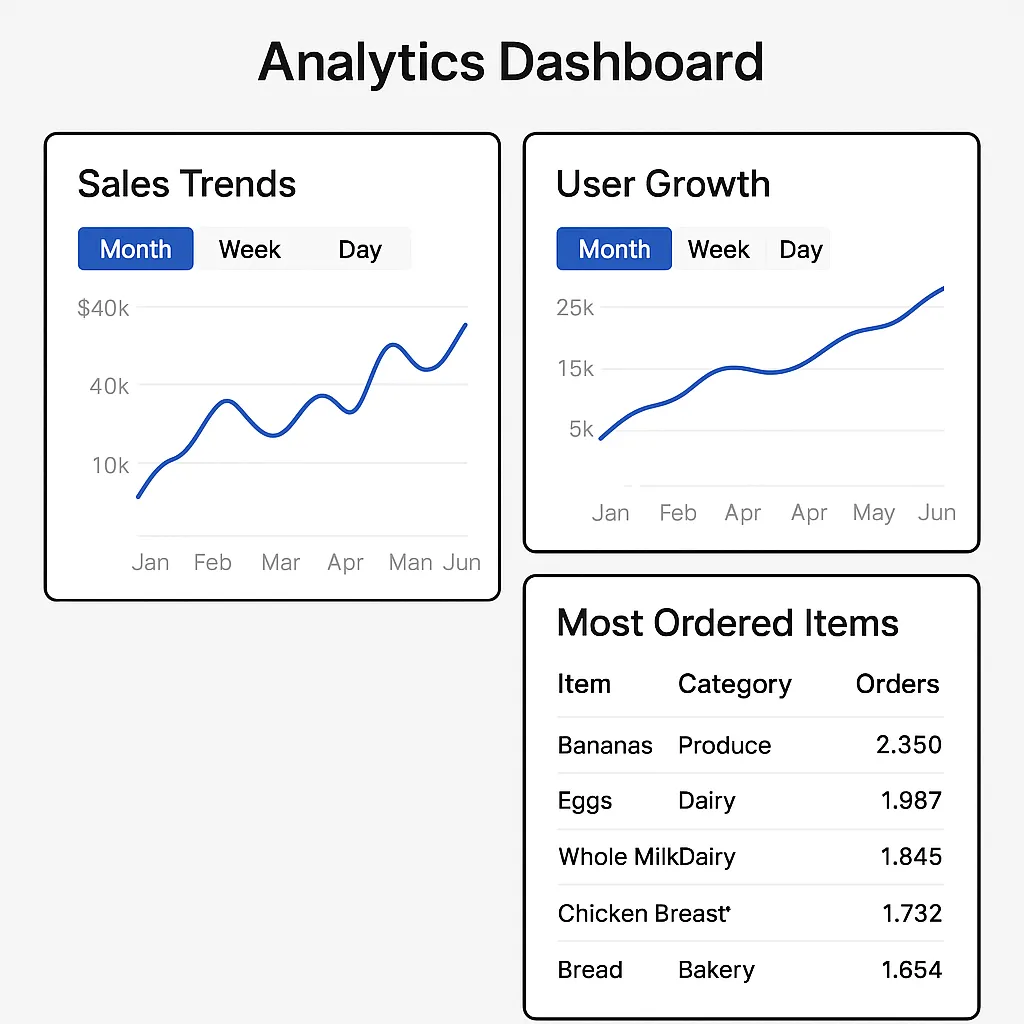
9. Inventory Management System
Cost Estimate: $3,000–$6,000
Real-time inventory tracking ensures product availability and prevents order cancellations. Developing a dynamic inventory system that syncs with suppliers and updates in real-time adds to the development timeline and budget.
10. Loyalty Programs & Promotions
Cost Estimate: $2,000–$4,000
Implementing reward systems, referral programs, and promotional campaigns encourages repeat business. These features require additional coding and integration with user profiles and transaction histories.
Read more: Best AmazonFresh Clone Scripts in 2025: Features & Pricing Compared
Advanced Features That Elevate Costs
AI-Powered Recommendations
Integrating machine learning algorithms to provide personalized product suggestions enhances user experience but significantly increases development complexity and cost.
Voice Search & Virtual Assistants
Incorporating voice recognition and virtual assistant capabilities offers convenience but demands advanced technology and extensive testing.
Multi-Language & Currency Support
Expanding your app’s reach by supporting multiple languages and currencies requires additional development time and careful localization efforts.
Advanced Analytics & Reporting
Providing detailed analytics and reporting tools for users and administrators adds value but involves complex data processing and visualization techniques.
Factors Influencing Development Costs
- Platform Choice: Developing for both iOS and Android increases costs compared to a single-platform approach.
- Design Complexity: Custom designs and animations enhance user experience but require more development resources.
- Third-Party Integrations: Incorporating external services like payment gateways, maps, and analytics tools adds to the development timeline and budget.
- Geographical Location of Development Team: Hiring developers from regions with higher labor costs will naturally increase your overall expenses.
- Maintenance & Updates: Ongoing support, bug fixes, and feature updates are recurring costs that need to be factored into your budget.
Planning to enter the online grocery market? Check out our grocery delivery app development services for custom, scalable, and feature-rich solutions.
Conclusion
Building a grocery delivery app is an ambitious endeavor that holds significant potential. However, understanding how each feature impacts development costs is crucial to budgeting effectively and ensuring a successful launch. By prioritizing essential features and planning for advanced functionalities, you can create a scalable and user-friendly platform.
At Miracuves, we help innovators launch high-performance app clones that are fast, scalable, and monetization-ready. Ready to turn your idea into reality? Let’s build together.
FAQs
Q:1 How much does it cost to develop a basic grocery delivery app?
A basic app with essential features typically costs between $15,000 and $30,000, depending on the complexity and platform choice.
Q:2 What factors most significantly impact development costs?
Key factors include the number and complexity of features, platform selection (iOS, Android, or both), design requirements, third-party integrations, and the geographical location of your development team.
Q:3 How long does it take to develop a grocery delivery app?
Development timelines vary but generally range from 2 to 6 months, depending on the app’s complexity and the resources allocated.
Q:4 Can I start with a minimal viable product (MVP) and add features later?
Absolutely. Starting with an MVP allows you to launch quickly, gather user feedback, and iteratively add features based on user needs and market demand.
Q:5 How can I monetize my grocery delivery app?
Common monetization strategies include delivery fees, subscription models, in-app advertising, and partnerships with local retailers.
Q:6 Why choose Miracuves for app development?
Miracuves specializes in app clone development, offering tailored solutions that are scalable, efficient, and designed to meet your specific business needs.
Related Articles:



